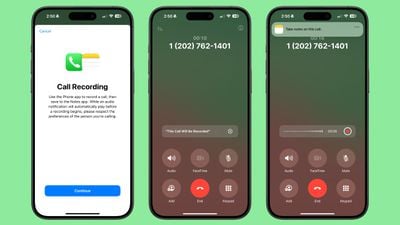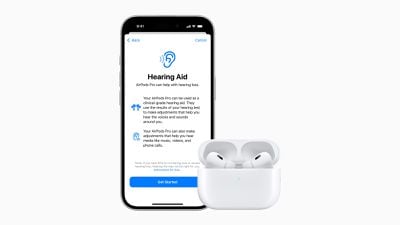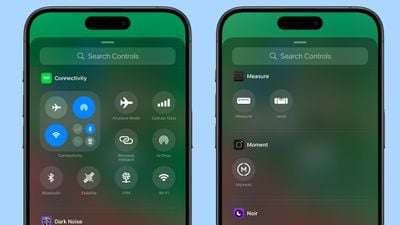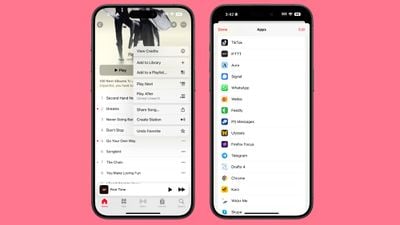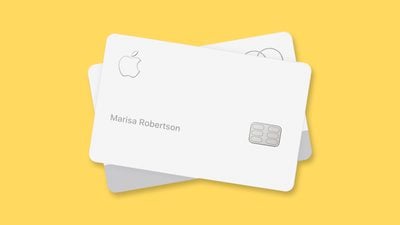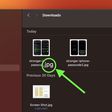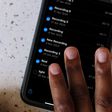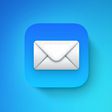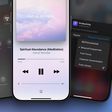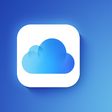Oops! Eagle-eyed developer Charlie Joseph today discovered that Apple has leaked its upcoming high-end M4 Max chip through an image uploaded to its website. The discovery was shared with Bloomberg's Mark Gurman on social media.
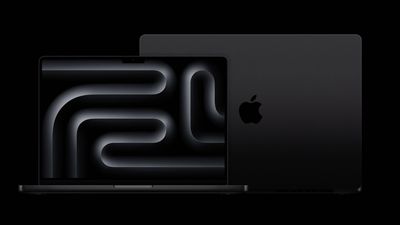
It was already pretty obvious that Apple plans to announce new 14-inch and 16-inch MacBook Pro models with M4, M4 Pro, and M4 Max chips this week, after Apple promised multiple Mac-related announcements this week. Now, the M4 Max chip image reinforces that Apple is gearing up to announce the new laptops imminently. Apple will likely unveil the new MacBook Pro models with a press release and video on Wednesday.
Here is the image of the M4 Max icon, and an Apple.com link to it while it lasts:

With this leak, the base model 14-inch MacBook Pro leaking in Russia, and the new Mac mini leaking on Amazon, Apple has struggled to keep these M4 Mac announcements under wraps, which is pretty rare territory for the company.
This discovery comes after Apple announced the M4 Pro chip alongside the new Mac mini today. Key specifications of the M4 Pro chip include up to a 14-core CPU, up to a 20-core GPU, a 16-core Neural Engine, support for up to 64GB of RAM, support for Thunderbolt 5, and an increased 273GB/s of memory bandwidth. For the M4 Pro chip with a 14-core CPU, there are 10 performance cores and four efficiency cores. M4 Max specifications have not leaked, but it will obviously take performance to an even higher level than the M4 Pro chip.
Apple is expected to announce a base 14-inch MacBook Pro with the M4 chip, and higher-end 14-inch and 16-inch MacBook Pro models with M4 Pro and M4 Max chips.
No major external design changes have been rumored for the MacBook Pro lineup this year, with more significant improvements such as an OLED display and thinner design not expected until 2026 at the earliest. However, the entry-level 14-inch MacBook Pro is expected to gain an additional Thunderbolt port compared to the current model, based on alleged leaks earlier this month. Those same leaks revealed that the MacBook Pro lineup might finally start with 16GB of RAM, instead of 8GB. We've already seen this trend with the new iMac and Mac mini, which both have a minimum of 16GB of RAM for all configurations.
Based on the Mac mini with the M4 Pro chip, it seems pretty likely that MacBook Pro models with M4 Pro and M4 Max chips will also support Thunderbolt 5 for up to 120 Gb/s data transfer speeds, but this is not officially confirmed yet.
Apple last redesigned the 14-inch and 16-inch MacBook Pro in 2021, and the latest models with the M3 family of chips were released last October.





 Note: MacRumors is an affiliate partner with Amazon. When you click a link and make a purchase, we may receive a small payment, which helps us keep the site running.
Note: MacRumors is an affiliate partner with Amazon. When you click a link and make a purchase, we may receive a small payment, which helps us keep the site running.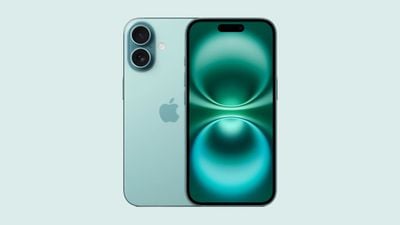

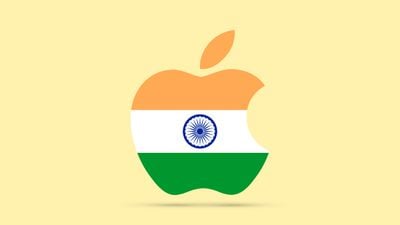

 Our concept of a smaller Mac mini
Our concept of a smaller Mac mini


